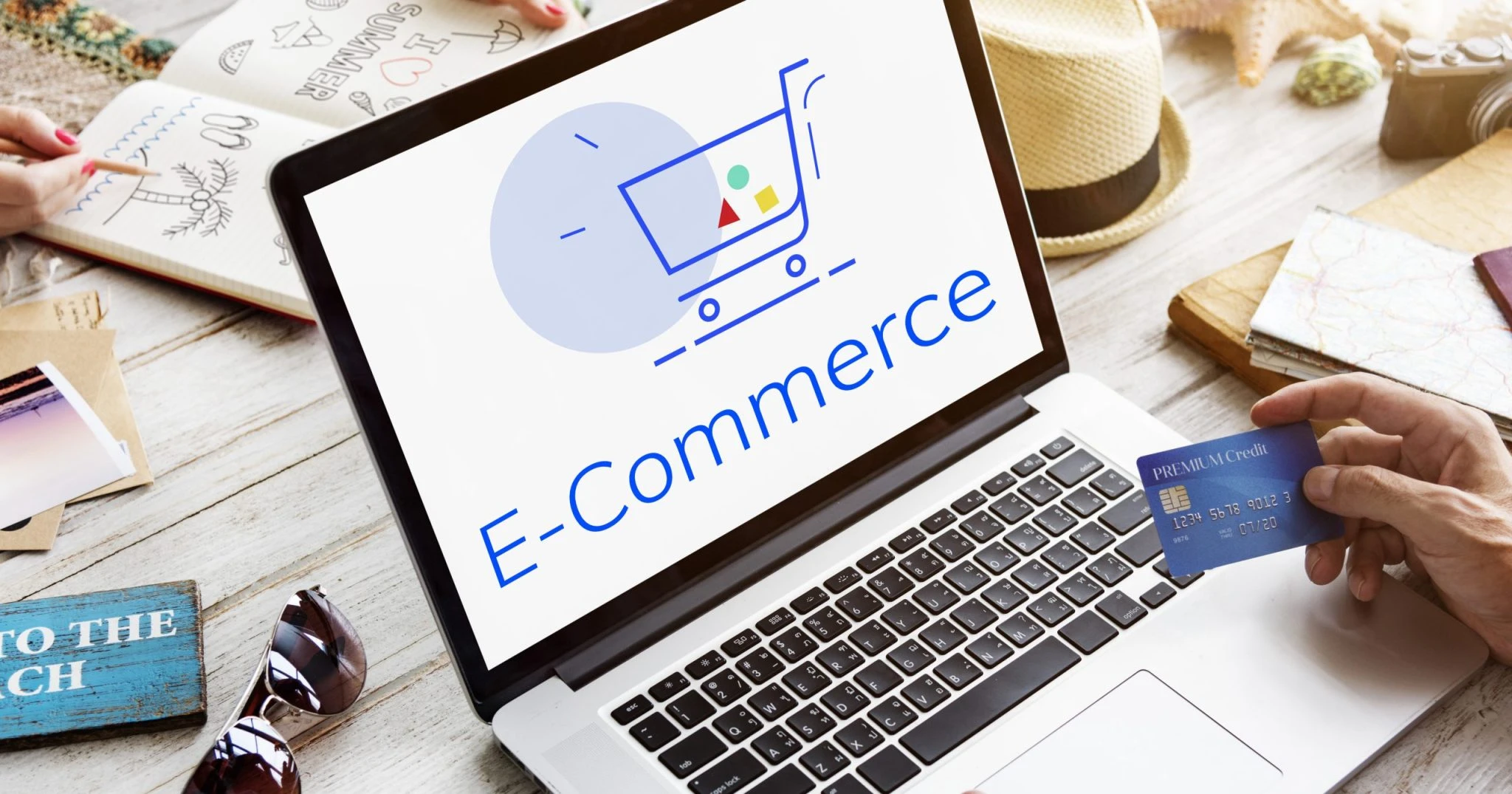E-commerce product optimization: 5 strategies to maximize your sales
In today’s competitive digital landscape, optimizing your product listings for ecommerce SEO is essential to turning visitors into customers. Whether you’re selling on a marketplace or through your own site, the way you present each product directly impacts your results.
Here are five effective strategies to improve your product listings, grab attention, and boost conversions.
A clear, professional ad format

Organize each listing logically and consistently to ensure a smooth and reassuring experience for shoppers. Buyers should easily find the essentials: a clear title, a high-quality main image, a prominently displayed price, and an easy-to-spot "Add to Cart" button. For example, placing the title at the top, followed by the image, price, and purchasing options creates an intuitive flow and minimizes hesitation.
Consistency in visual layout is critical. If all your product pages share the same design, you project a professional image and make it easier for customers to compare products. This is especially helpful for large product ranges or cross-selling opportunities.
Also, don’t forget to optimize for mobile. Test how your listings appear on different devices—text, buttons, and images need to remain clear and easy to use, even on smaller screens. A site that’s not mobile-friendly risks losing a significant share of potential customers.
Finally, prioritize the most compelling information: highlight key benefits or innovations first (e.g., “Get your order in 24 hours with ultra-fast delivery!”) before diving into technical details.
Catchy, optimized titles

Your product title is your first chance to catch the shopper’s attention and improve your product’s search ranking. A great title should include relevant keywords while staying natural and easy to read. For example, “Waterproof Sports Smartwatch – Heart Rate Monitor, GPS, 10-Day Battery Life” immediately communicates key features, uses, and benefits.
Be specific without being overly wordy. Focus on details that matter to buyers: brand, use, main benefit, or special offers. Consider adding numbers (“Set of 6 Reusable Glasses”), exclusivity (“Limited Edition”), or standout perks (“Free Shipping”).
Regularly test and tweak your titles based on performance. A well-crafted title can drive more clicks and, in turn, more sales. Tools like A/B testing are great for comparing different title variations to find the most effective one.
Images: Your biggest selling point

Product photos play a crucial role in the buying decision. They need to immediately reassure buyers about the quality and reliability of your product. Invest in sharp, well-lit, and properly framed images. Show multiple angles: front view, back view, close-ups, and in-use shots. For example, a backpack can be shown closed, open with its contents visible, being worn, and placed alongside other items to give a sense of scale.
If possible, include lifestyle shots that resonate with your target audience: a cutting board shown in a kitchen, a sweater worn outdoors, etc. This helps buyers envision the product in their own lives, creating a positive emotional connection.
Also, maintain consistency in your imagery: use the same background, settings, and color tones across all your images. This coherence strengthens your brand’s identity and conveys professionalism.
Short, impactful descriptions

An effective ecommerce product description does more than just describe—it persuades and builds trust. Keep it concise, avoid unnecessary fluff, and focus on the product’s added value. Start with a key benefit (“Take your music anywhere with this ultra-compact Bluetooth speaker”), then elaborate on main features and practical uses (“Waterproof—perfect for the beach or pool; 12-hour battery life to keep the party going”).
Use bullet points to make details easy to skim. If technical specifications are important to your audience, include them at the end, but only if they’re relevant.
Finish with a strong call-to-action (“Order today and enjoy free shipping!”). The clearer, more structured, and more relevant the information, the easier it is to convince buyers to make a purchase.
Keep an eye on competitors' prices

Monitoring competitor prices regularly is crucial for staying competitive while protecting your profit margins. Use automated price tracking tools to easily analyze market rates, discounts, and pricing trends across platforms in real time. Set up alerts to stay informed of significant price changes or movements from industry leaders.
Adjust your pricing based on seasons, major sales events (like Black Friday or holiday sales), or when a product reaches a certain point in its lifecycle. This helps ensure you remain attractive to buyers during key periods.
Don’t forget to highlight your competitive advantages in your product pages and marketing. A responsive customer support team, faster delivery times, extended warranties, or thoughtful packaging can all justify a slightly higher price compared to competitors. By making price monitoring a habit, you can always offer the best value while emphasizing what sets you apart.
customized strategy offers personalized support to help you optimize your product listings and boost your conversions. Our team is here to help you achieve your ecommerce goals with tailored solutions for your market. Contact us today to take your online store’s performance to the next level. Contact Us now to boost the performance of your online store.






